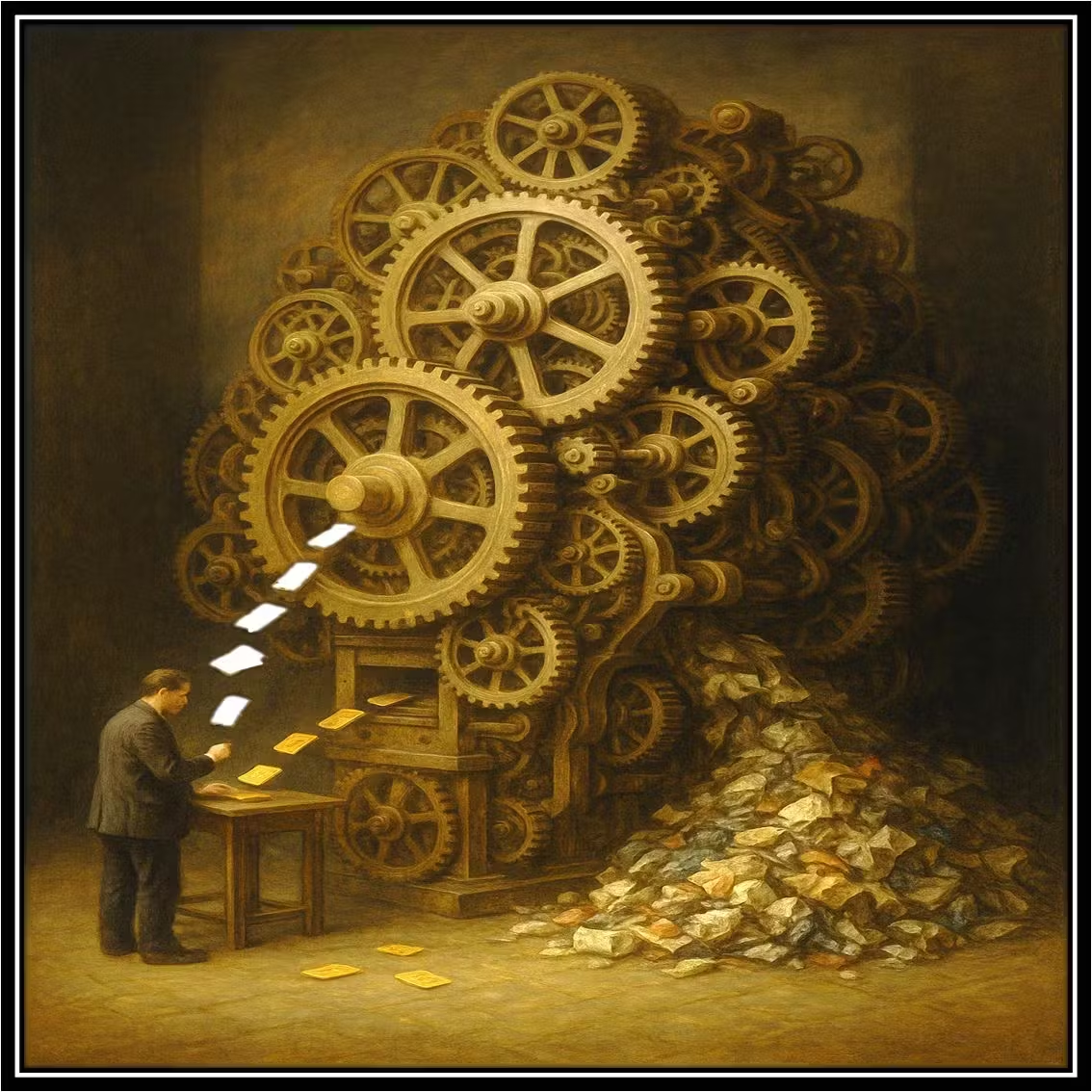
The software industry’s latest fantasy- that AI will deliver a tenfold leap in developer productivity- is now colliding with reality. As the author of the piece notes, the trillion-dollar AI sector still cannot produce reliable, production-grade code. Behind the flood of “breakthrough” announcements lies an epidemic of unmaintainable software, riddled with four recurring categories of error. The classical ones- false positives and false negatives- are joined by two new cognitive pathologies born from model mechanics themselves: entangled logic that turns architectures into spaghetti, and memory collisions that make unrelated functions misfire. What was once branded “hallucination” now looks less like quirk and more like structural failure.
The consequences are measurable and severe. AI-assisted developers introduce more vulnerabilities, work more slowly, and reject most of the code suggestions they receive. In practice, the promised “10× productivity” has inverted: companies are generating trillions of dollars’ worth of broken code, and soon they will have to rehire the very engineers they displaced to clean up the mess. The deeper problem, as the article argues, isn’t a temporary glitch in training data but a conceptual misunderstanding- mistaking autocomplete for automation, syntax for understanding.
Yet there is a quiet optimism buried in this collapse. The myth of the self-writing machine is fading, and with it comes a renewed appreciation for the discipline of software engineering itself: testing, modularity, human reasoning. AI may still have a place as a tool for low-risk scaffolding and boilerplate, but the substance of creation remains stubbornly human. The real revolution, if it happens, will not come from hype or scale, but from doing what this industry once knew best- slowing down, thinking clearly, and building things that actually work.
The Original article by Jose Crespo…
Companies Will Soon Be Forced to Rehire Real Human Programmers and Stop Burning Cash on AI